10 Maddest scientists to ever exist and Thank God they existed
There are people who love science and then there are some who are crazy for science. People who cross all their limits just for the sake of curiosity and science. These are the people who make amazing discoveries. This is their madness for science which let them do the things a normal man can't do. This maddnes let them think and do the impossible. We call these crazy people 'Scientists' (well, nerd is not bad either). Here're the Maddest of them.
10. Kevin Warwick
Turned himself into a cyborg prototype just for science
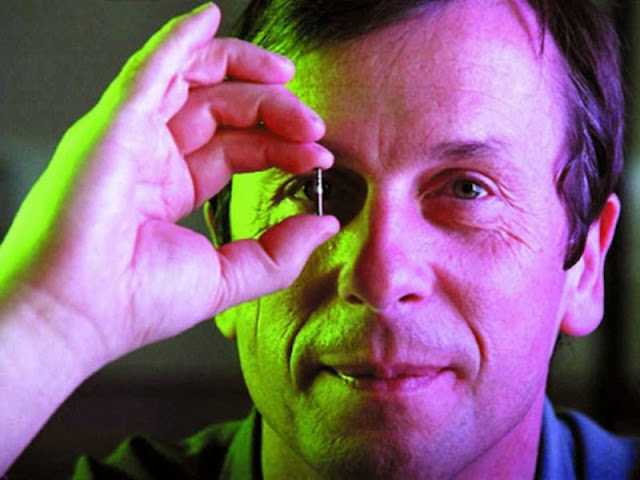
Kevin Warwick, British scientist and cybernetics professor felt like robotic research was failing and decided to become the first cyborg in the world.
His first experiments were not at all ambitious. He got an RFID chip implanted onto his arm in 1998. The chip turned on lights, interfaced with computers, and helped open electric doors. By 2002 however, he went full robot. He used electronics, surgery and his fearlessness to test whether his nervous system would integrate with a neural interface. He even went ahead and tried to relay his emotions electronically to another cyborg recruit who was his wife.9. Elsie Widdowson
Developed the minimum wartime diet by starving herself
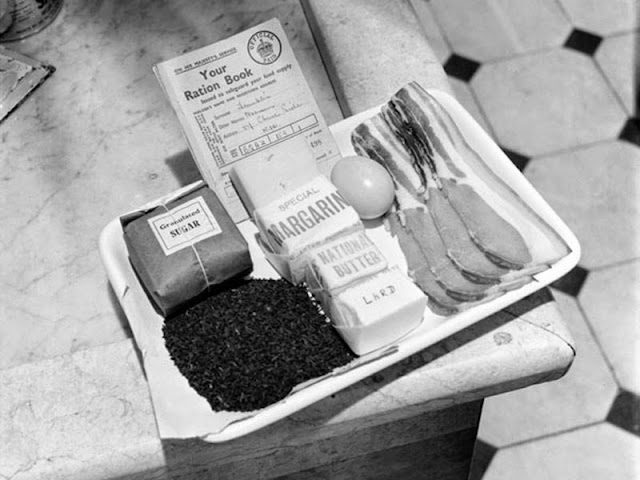
Dietician and Chemist, Elsie Widdowson, resolved to find a solution for wartime rations, because of their scarcity during WWII, by finding the minimum dietary needs required for one to survive. When she couldn’t get a solution to her problem, she stopped eating.
She subjected herself to various starvation diets and survived on only meager portions of cabbage, bread, and potatoes for a few months. To prove that this minimum rations would sustain different lifestyles, she climbed mountains and hiked trails daily. Her records of overall health throughout the regiment were eventually used as Britain’s wartime diet.
8. George Stratton
To prove that the brain adapts, he wore inverted lenses to his face for over a week.
George Stratton, an american psychologist, believed that brain would automatically correct imbalance and turn everything rightside up. To prove his theory, this man started living in an upside-down world and by the fourth day, was sick and disoriented. His vision however remained inverted. By day five, the images started turning right-side up and by day eight navigation of the upside-down world became easy to him. When he finally removed the glasses, the right-side up spun around him, and he couldn’t tell right from left till his brain adjusted. He therefore concluded that the mind can adjust senses to meet environmental pressures.
7. Sir Henry Head
He surgically removed his nerves so as to study pain.

British Neurologist, Sir Henry Head had a hard time understanding how pain worked. He spent time interviewing nerve damage patients about what they felt exactly. He didn't get any satisfying answer from them and decided to try it out himself.
He ordered one of his surgeon friends to surgically remove a portion of his radical nerve. When his motor functions were severed, he began conducting strange experiments on himself just to feel pain. He recorded his pain in detail and this earned him a knighthood and various Nobel Prize nominations. Most importantly, he got peace of mind; “I shall know a great deal about pain by the time this is over." 6. August Bier
Beat up his assistant to test anesthesia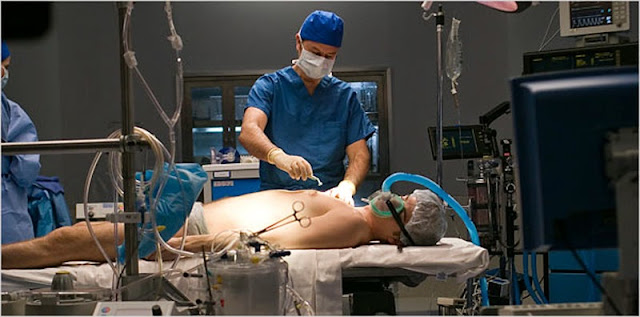
German physician, August Bier decided to develop an aesthetic technique that was better in 1898. His theory was that he could numb his patients without having to put them to sleep by injecting cocaine into the space that’s around the spinal cord. To make sure that it was a working theory, he decided to try the spinal anesthesia on himself.
Liquid cocaine was injected into his spine by an assistant but the assistant fumbled on the procedure and Bier stepped in. He numbed the leg of his assistant and continued to beat him up so as to see if he could feel pain. He burned him with cigars and used iron hammers to the shins.
By the end of the experiment, (of course) he lost an assistant but gained recognition worldwide as the slightly sadistic father of anesthesia.
5. Tycho Brahe
Lost his nose in a duel over mathematics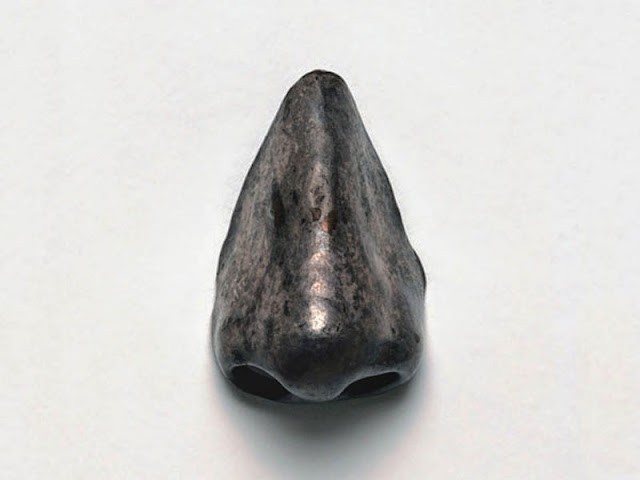
Danish nobleman, Tycho Brahe, was an irascible and eccentric astronomer loved arguing about math and at a dinner party in 1956 got into a heated debate over a mathematical formula. One of his guests made a mistake of disagreeing with him and an outraged Brahe challenged him into a rapier duel.
Brahe was great mathematician but a poor swordsman and that’s how he lost the bridge of his nose. He didn’t stop there though and continued to exploit widgets.
4. Thor Heyerdahl
You could call him, the Norwegian Indiana Jones.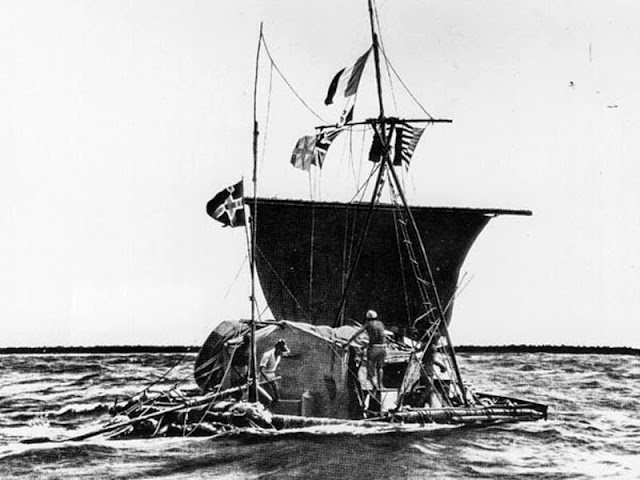
Heyerdahl suspected that tiny reed boats were used by ancient people to sail the high seas and trade their wares. When mainstream anthropologists said it could'nt be done, Heyerdahl took it as a life-threatening challenge to embark on this DIY project.
He assembled a team in 1947 and they created a bare-bones boat using bent reed. For the next 101 days, they voyaged 4300 miles across the Pacific Ocean to prove they could.
In 2011, Heyerdahl’s hypothesis was further reinforced by genetic evidence.
3. Stubbins Ffirth
To show malaria is not contagious, he rubbed vomit into his eyes
Medical student Subbins Ffirth wanted to prove that malaria wasn’t contagious when the yellow fever epidemic hit in 1793. He failed. He smeared vomit that was infected onto his open wounds and rubbed it into his eyes. It didn’t affect him. He went on and sampled blood and urine from these same patients but he didn’t get the disease.
Malaria is quite a contagious disease but why didn’t Ffirth get it? Some critics suspect he used vomit from patients in their late-stage of malaria who were no longer contagious. Others were of the opinion that Ffirth didn’t inject the infected blood into his bloodstream directly. He got lucky, if rubbing vomit into one’s eyes can be considered that.
2. Werner Forssmann
He put a catheter into his heart.


This one was really really mad.
Heart surgery was still in its early stages in 1929 and physicians were struggling to treat cardiac patients. Forssmann had this idea that if he snaked a hollow tube through a patient’s vein, he would reach the heart (ooch!). His colleagues at Eberswalde, Germany, totally disagreed with this idea, claiming it would be fatal and would do no good to the cause.
To prove his point, Werner Forssmann shoved a catheter into his heart.
One of the nurses was willing to help out and agreed to sneak Forssmann sterile supplies, but only if he did the surgery on her instead of himself. He agreed to this and anesthetized the nurse. Then, he cut his own arm, blindly guided the catheter into his heart and triumphantly (and still breathing), hobbled to the X-Ray lab to show his colleagues his handiwork.
He received a Nobel Prize in Medicine years later after he made a promise to never operate on himself or knock out a nurse again.
1. Barry Marshall
To prove that he would get an ulcer, he drank bacteria
While everyone claimed that bacteria had no chance surviving in the stomach, Barry Marshal had other ideas. The Australian doctor had a point that ulcers were caused by bacteria. He had watched his patients recover fully after antibiotic therapy but when he tried to make his findings public, however, the medical fraternity refused.
Barry Marshal decided to drink some bacteria to prove his point. Few days after drinking the bacteria gastroenteritis symptoms began to kick in. He did confirm that he was right but he was in trouble. He biopsied his stomach and isolated the bacteria which he later got rid of using antibiotics. He won the Noble Prize in Physiology.


No comments :
Post a Comment